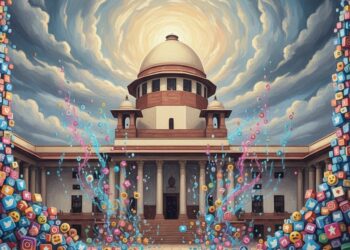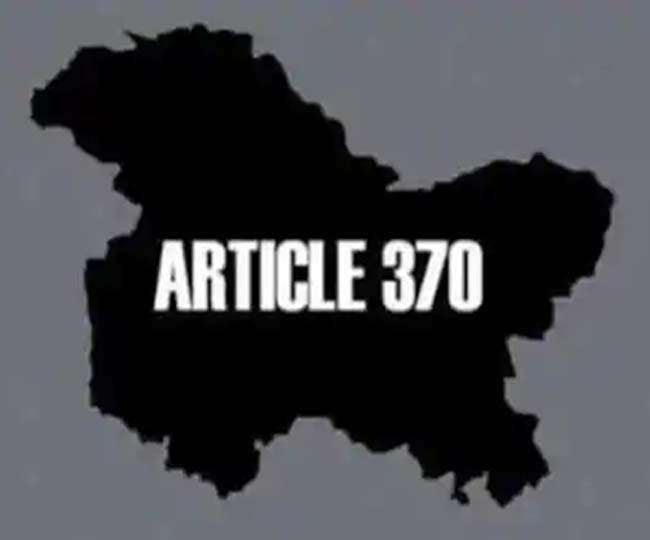Hope is the engine that propels life – individual and collective. Corruption has undeniably permeated all surfaces of public life, even those that were previously considered impregnable. The breach has been complete with only a few pockets of honesty and impartiality tucked away like stolen diamonds, or so it seems. An overwhelming majority of these ‘pockets’ are found in the judiciary, and if the recent unsavory aspersions cast on the holders of judicial offices are anything to go by, even these pockets seem to be dissolving at howsoever slow a rate. And our collective hope seems to be developing disturbing fissures.
Justice Dinakaran, who had already been recommended for elevation to the Supreme Court by the Supreme Court collegium headed by the then Chief Justice of India, Justice KG Balakrishnan, is now facing impeachment proceedings in Parliament on as many 16 corruption and land-grab charges, including the charge of inappropriate administrative actions as Chief Justice of Karnataka High Court to aid dishonest judicial decisions. The charges are quite alarming, to put rather mildly.
The Dinakaran probe did not leave Chief Justice Balakrishnan untouched because the collegium headed by him had cleared Justice Dinakaran’s elevation to the Supreme Court, and one of the most eminent Supreme Court lawyers and former Union Law Minister, Shanti Bhushan, scathingly remarked that Chief Justice Balakrishnan was “recommending all corrupt persons to become judges of the Supreme Court…particularly Justice Dinakaran was close to him…” While Mr. Bhushan’s did not categorically call the ex-CJI corrupt, he did in some measure insinuate to that effect. However, if the accusation is simply based on the fact that one of those recommended to be elevated was tainted, it is ill-founded because other judges were also similarly recommended and there is nothing to show that they were not unblemished.
One of the grave issues that Chief Justice Balakrishnan had to deal with during his tenure as the CJI was that of a Union Minister’s attempt at influencing a Madras High Court judge, Justice S. Reghupati, to have a favourable order passed in a criminal proceeding. When Justice Reghupati mentioned the attempt in the open court and it was reported in the media, Justice Balakrishnan took serious note of it and also remarked that if it was true, contempt of court proceedings could be initiated against the minister. He demanded a report from the then Chief Justice ofMadrasHigh Court, Justice H.L. Gokhale, on the issue. Justice Gokhale duly submitted his report to the CJI.
 Although Justice Gokhale’s report to the CJI is not in public domain, it is still reasonable to assume – though it would still be conjectural – that Justice Gokhale, denying any personal knowledge of the incident, must have forwarded Justice Reghupati’s letter to Justice Balakrishnan. When asked about the Justice Gokhale’s report, Justice Balakrishnan categorically stated that the report did not mention the name of any Union Minister.
Although Justice Gokhale’s report to the CJI is not in public domain, it is still reasonable to assume – though it would still be conjectural – that Justice Gokhale, denying any personal knowledge of the incident, must have forwarded Justice Reghupati’s letter to Justice Balakrishnan. When asked about the Justice Gokhale’s report, Justice Balakrishnan categorically stated that the report did not mention the name of any Union Minister.
Justice Gokhale, on his part, set the record straight by saying that Justice Reghupati’s letter, which was forwarded to Justice Balakrishnan, clearly mentions the name of Union Minister A. Raja. The media played it up and quite a lot was made of this apparent inconsistency. It was projected that Justice Balakrishnan had something to hide or someone to shield.
Interestingly, there is no inconsistency between the statements issued by the two Justices. Justice Gokhale’s report might not have mentioned the minister’s name because Justice Reghupati’s letter to Justice Gokhale had been forwarded to Justice Balakrishnan. And since Justice Gokhale could not have added anything to the facts stated in Justice Reghupati’s letter, there was no occasion for him to mention Raja’s name. And, of course, Justice Reghupati never wrote to Justice Balakrishnan. So, there is no apparent falsity in either Justice Balakrishnan’s or Justice Gokhale’s statement, neither are the two statements strictly incompatible.
If Justice Gokhale’s report itself did not mention or indict Raja, which is quite possible because he did not personally witness the incident and could only cite Justice Reghupati’s version in this regard, it is not unimaginable that Justice Balakrishnan decided to rest the issue on the ground that he could only act on the basis of Justice Gokhale’s report, which did not indict any minister. Justice Reghupati’s letter did mention the name, but it was not addressed to the CJI. So, the matter technically remained in the hands of Justice Gokhale, who was fully empowered to initiate contempt proceedings against the minister.
Of course, nothing could stop the CJI to take matters in his hands, and his inaction might also be considered an error on his part but is not necessarily indicative of bias.
The other serious charge against Justice Balakrishnan is that his relatives garnered immense wealth during the time he was the CJI. To establish bias it must be established that any of his judicial or administrative actions were motivated by consideration for his relatives. It is not about whether his relatives ‘derived’ any benefits from his position but whether he ‘allowed’, ‘directed’ or ‘channeled’ the benefits to them or facilitated such channeling in any manner. So far there is nothing to suggest any such thing. Therefore, in absence of concrete evidence, we must exercise caution and not cast premature aspersions on the former holder of the nation’s highest judicial office.
Originally written for and published in LAWYERS UPDATE [April 2011 Issue; Vol. XVII, Part 4]






